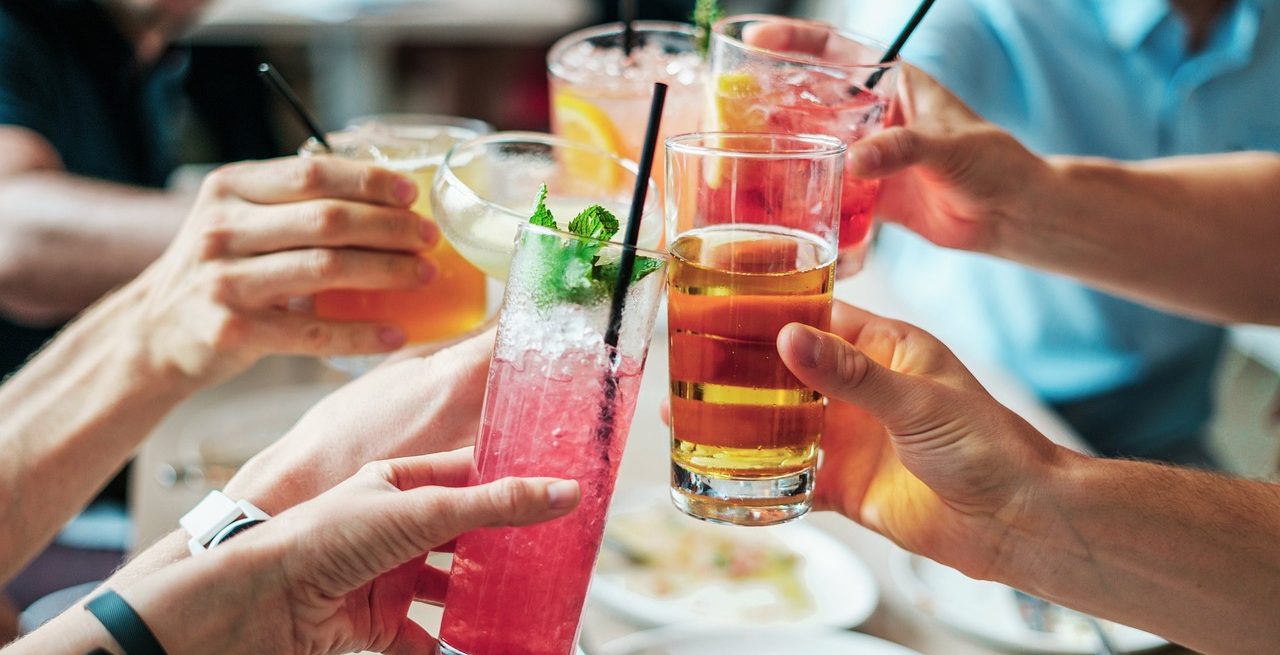MRM Research Roundup: Mid-Year 2024
16 Min Read By MRM Staff
This edition of Modern Restaurant Management (MRM) magazine's Research Roundup features news on the impact of California's minimum wage, customer satisfaction, AI use in restaurants, popular cocktails and bathroom readiness. Early Impact of California's Minimum WageA new edition of The Anchor from Placer.ai, written by R.J. Hottovy, the company’s Head of Analytical Research, digs into the changes at California restaurants wrought by increases to its minimum wage laws. The main takeaway: It’s led to higher prices and lower foot traffic at many of the state’s dining establishments.
“As a result of the minimum wage increase, most chains have raised prices in the region anywhere from the mid-single digits to the midteens,” writes Hottovy. Foot traffic at California QSR restaurants was trending above national levels, but “this abruptly shifted when the minimum wage increase went into effect.”
At McDonald’s locations in California, visits were roughly…
Sorry, You've Reached Your Article Limit.
Register for free with our site to get unlimited articles.
Already registered? Sign in!

